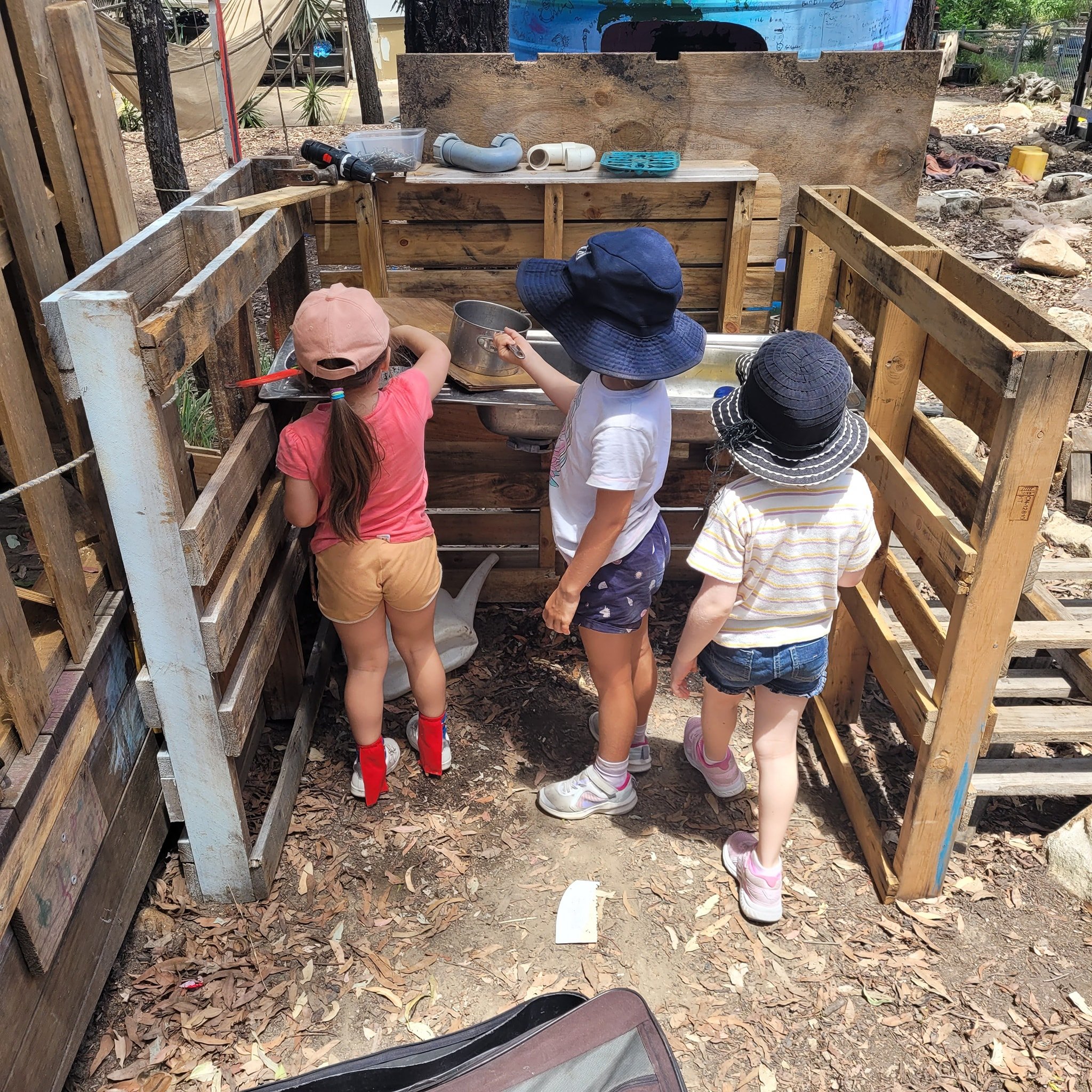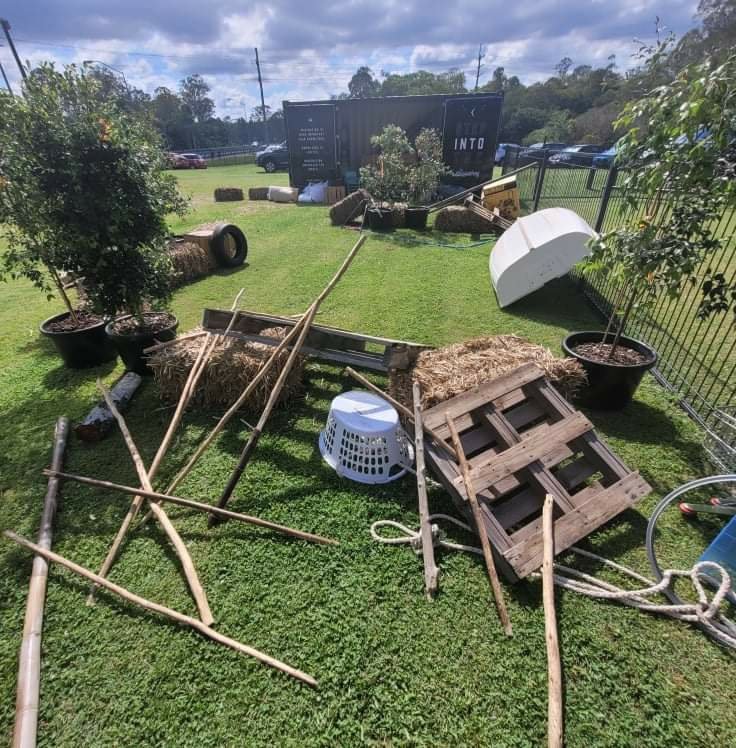Nooks and crannies in a play space are inviting, hold mystery and support deeply imaginative play…
The origin of the term play cue, as it will be discussed in this blog piece, stems from the work of playwork theorists Gordon Sturrock and Perry Else. It is a construct, and segment of the Play Cycle, a concept first proposed in “The Colorado Paper” (Sturrock & Else, 1998). As a playwork practitioner The Play Cycle has served many beneficial roles in the development of my practice. Years ago, it helped shape how much further I could vision play, then it became a useful template for documenting and planning to support play preemptively, proactively and by supporting dysplay and limiting adulteration. Since then, it has been a resource and concept shared with fellow practitioners to allow them to best support play that is unbelievably and magically subtle and nuanced, and even support play that has yet to be!
Do something with this space!
From an evolutionary and even old school play perspective I would suggest traditionally there was probably not much need for adults to give a thought to the idea of play cues in the least. When children were able to roam their landscapes, be they woodland, rolling hills or streets and playgrounds, the world was rich with an abundance of play cues to meet just about any predisposition. There were trees to climb, alleys to explore, ponds to skim rocks over, shady nooks to rest, relax or fall into a fantastical world. However, as time has progressed and a more ordered (possibly more cost effective and risk adverse) approach has been taken to the design of places children play it has become part of a playworkers role to consider this. Play spaces themselves have had much of the mystery removed by becoming progressively flatter and more rectangular, and the interesting extremities, the threshold spaces becoming “out of bounds” (Armitage, 2001). Add to this a dramatically reduced amount of time for children to play in the spaces provided, and the rich wonderland and scope of past opportunity seems greatly depleted.
In many cases children are restricted to blocks as short as 25 minutes for play and this in itself places immense emphasis on the importance of a ludic ecology that provides ample and varied play cues for children. Sturrock and Else (1998) describe in their unpacking of The Play Cycle a state called Metalude. This Metaludic state can be considered a state of pre play, of reverie, of being open to potential. If children are to have any hope of achieving a progression from the metaludic state through to play flow in a mere 25 minutes, the environment has a lot of work to do. This needs not be explicit adult instructions on what to play and where to do so, in fact as a playworker I would suggest this is entirely not the approach take. Instead consider the implicit affordances of the space in question, the resources available, the inviting nooks and crannies, the shady quiet spaces, and the open fast moving spaces. Do all these spaces exist? What is the interplay between them? Do the resources suggest an adult has set me up? Or do the resources suggest “do something with me”! In these ways, and more, a space can be primed to be rich with play cues before players are even in said space. These considerations by the playworker, as Bob Hughe’s (2001) suggests, creates an enriched, as opposed to impoverished environment, one that promotes plasticity of the brain and optimal brain development.
Neuro plasticity helps children see the “anything” in the arbitrary…
Despite an ideal play space probably not needing adults and their considerations many spaces children exist are less than ideal. It is thus a playworker, in adherence to Playwork Principle 4; “For playworkers, the play process takes precedence and playworkers act as advocates for play when engaging with adult led agendas”, that is obliged to push back against reckless impoverishment of places children inhabit. If these considerations are not made, play deprivation is the likely outcome, and potentially catastrophic results to children and their development as a result (Hughes, 2001). To avoid this outcome, environmental cues to support a myriad of dispositions are something a playwork inspired practitioner needs to consider, long before play commences to enrich their spaces, and the potential experiences of the children in them.
Angus Gorrie : Playworker
Armitage, M. (2001). The ins and outs of school playground play: Children's use of 'play. In J. Bishop, & M. Curtis , Play today in the primary school playground (pp. 37-58). Buckingham: Open University Press.
Hughes, B. (2001). Evolutionary Playwork and Reflective analytic practice. London: Routledge .
Sturrock, G., & Else, P. (1998). The playground as therapeutic space: playwork as healing. The Colorado Paper, (pp. 1-28).



